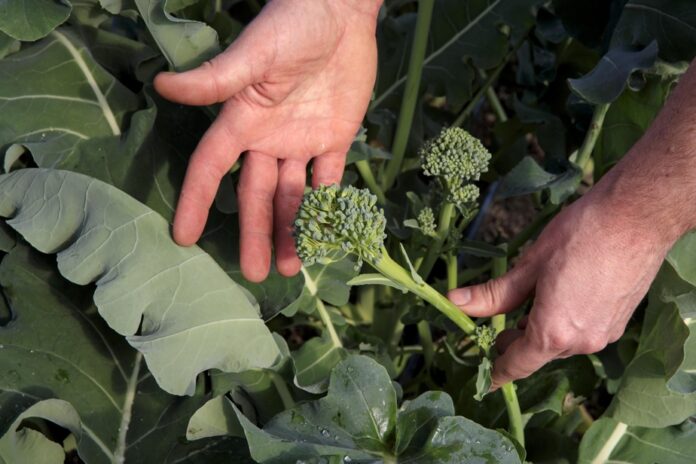Why does organic influence the price of food when we don’t use herbicides or insecticides? Is the consumer being cheated? -Pierre Bissonnette
One broccoli sold for $3.99 while its organic neighbor costs $4.49. Same scenario in the banana aisle where the organic tropical fruit is displayed at $3.28/kg against $1.96/kg in the non-organic version. True, in light of the circulars consulted, organic foods are often more expensive, but this price difference can be explained by many reasons, assure the experts questioned.
Hand weeding requiring a greater number of employees, the restricted use of gas-powered tractors and the many certifications explain in large part why the grocery bill is generally higher when the consumer opts for organic products, points out Catherine Lessard, agronomist and deputy general manager of the Association des producteurs maraîchers du Québec.
“Add to that the certification costs, it’s a few thousand dollars a year,” she says. For small businesses, that can mean a lot. They will try to recover these additional costs by selling their products at a higher price. »
“Organic producers are asked to source organic seeds, adds Ms. Lessard, which also leads to additional costs. »
And the current summer will probably have given market gardeners a hard time, especially those who practice organic farming. Marie de Tarlé, director of public affairs for the Association québécoise de la distribution de fruits et legumes (AQDFL), says a grower told her that the heavy rains caused more weeds to appear this year, thus increasing the costs related to weeding. Everything has to be done manually.
“We must minimize the use of gasoline tractors to limit contamination,” she recalls.
So all these costs inevitably end up being reflected in the prices quoted at the supermarket. “This is partly what explains the retail premium that makes consumers have to pay more,” summarizes Catherine Lessard. The margins that retailers keep for organic products are generally higher than for conventional ones, especially when they are used as loss leaders. »
The volume purchased by retailers can also move the price needle. “It’s a question of volume of purchases,” says Sylvie Senay, co-owner of 11 Avril supermarkets. We buy 100% organic. We have a good volume, so we are able to get better prices. »
For this reason, Ms. Senay assures that the products sold in her stores are often priced comparable to or cheaper than the conventional product offered in other big box stores. Verification made, broccoli from Avril was displayed on Friday at $3.99. IGA, on the other hand, was selling its organic green vegetable for $4.49 on promotion and it was $4.99 – also on promotion – at Metro. Regular broccoli was $3.99 (on sale) at IGA while Metro customers had to pay $3.69 (on sale) for the same product.
In this context, is the consumer being “cheated” by buying organic? “It’s always hard to say,” replies Ms. Lessard cautiously. It always depends on the margin the retailer keeps. There are several producers who sell directly or who prepare baskets of vegetables.
“It’s an attractive mode of purchase for the consumer because he ensures that he pays a price that excludes the retailer’s margins. »















